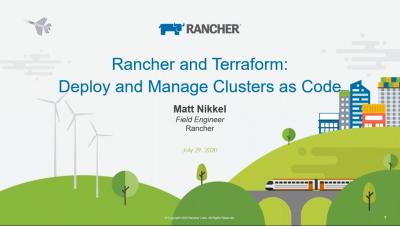Secure Access to PostgreSQL with Pgweb
PostgreSQL is an open source database known for its reliability and performance. It’s used across many industries and applications, and is especially a favorite of web developers. All major web frameworks support PostgreSQL natively, from node.js and Django to Rails and Spring, so its adaptation is relatively broad across the internet for site backend systems. As with any database, developers need tools to work with them. Pgweb is an open source, web-based client for PostgreSQL.











